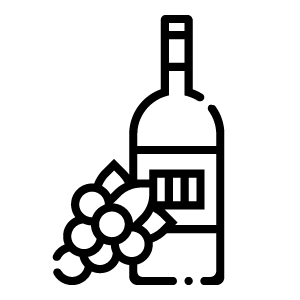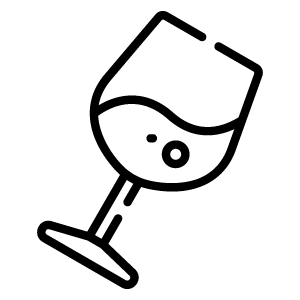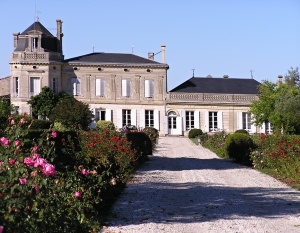Chateau Chasse Spleen 2010 Moulis
Code: VI90598



Related products
Product detailed description
The wine of Château Chasse Spleen is very distinctive and, thanks to the almost half Cabernet Sauvignon content, also extremely long-lived.
The wine has a very dark ruby garnet colour with violet highlights. On the palate, you will find enticing nougat caramel, subtle roasted aromas and sweet black fruits. A juicy, elegant, freshly structured wine with fine tannins. The wine finishes with heart-shaped cherries. The wine has good potential for development.
Additional parameters
| Category: | Chateau Chasse Spleen |
|---|---|
| Category: | dry |
| Wine color: | red |
| Country: | France |
| Region: | Bordeaux |
| Subregion: | Médoc |
| Winery: | Chateau Chasse Spleen |
| Grape variety: | Cabernet Sauvignon, Merlot |
| Classification: | Cru bourgeois exceptionnel |
| Vintage: | 2010 |
| Alcohol (in %): | 13,5 |
| Volume (in l): | 0,75 |
Château Chasse Spleen
Château Chasse Spleen is located in Moulis, the smallest subregion of Médoc, covering 633 hectares. The history of the original estate dates back to 1722, when the king allowed the wealthiest representatives of the Bordeaux bourgeoisie to own land. Monsieur Gressier was an enterprising man who quickly set his sights on a gravelly hill situated on the road to Pauillac. This led to the creation of an extensive estate that the Gressier family managed under the name Château Grand Poujeaux for several centuries.
In 1820, due to inheritance disputes among the original owners, the estate was divided into two parts. One part (the son's) bore the name Gressier Grand Poujeaux, while the other part (the daughter's) later became Château Chasse Spleen in 1863. Ultimately, in 2003, the two estates were united by purchase (the owners of Chasse Spleen bought Gressier Grand Poujeaux), although they retained their separate identities. As we know from Bordeaux's history, over time, one château eventually disappears, and its vineyards supply grapes to the better of the two.
The charm of the name Chasse Spleen lies in the wine's renowned high quality, which, among many other factors, is attributed to the interesting soil composition of the 90-hectare gravel vineyard, where in some parts the gravel lies on shallow clay soils over a limestone base, which makes the wine less concentrated, adding an attractive mineral accent.
Château Chasse Spleen wine is very distinctive, and thanks to the almost equal share of Cabernet Sauvignon, it is also exceptionally long-lived.









